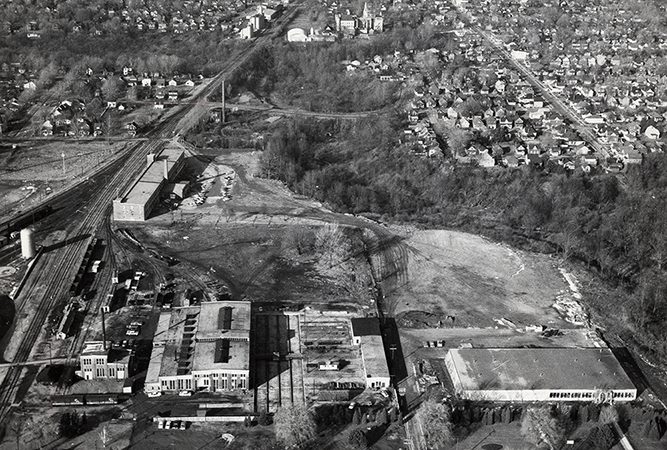CASO Station and Railway ushered in a period of unprecedented economic growth and prosperity for St. Thomas. By 1883, a decade after the new Station and railroad were built, the population of St. Thomas had grown four times its original size. CSR and its successors provided a very important source of employment (the city’s largest) and initiated a construction boom in housing and retail. The new CASO Station also affected the shape of the town. The station’s location caused the commercial district to shift eastward and stimulated construction along Talbot Street. A large park was landscaped in the area immediately north of the station (between the station and Talbot Street) and, in 1914, the YMCA constructed a building on the northwest corner of the park.
Now that railway passenger services no longer operate from St. Thomas, it’s easy to forget that CASO Station was one of the busiest in Canada. However, during its heyday in the 1920s, CASO Station often saw 30 trains passing through every day during peak times of the year. On Sunday, January 7, 1923, 83 freight, passenger and express trains passed through St. Thomas’s Michigan Central Railroad (MCR) depot, an average of one every 20 minutes. During the summer of 1923, the Canada Division handled 2,300 passengers per day. The year 1929 was the busiest for the Canada Division: $8.8 million in revenues from passenger trains.


